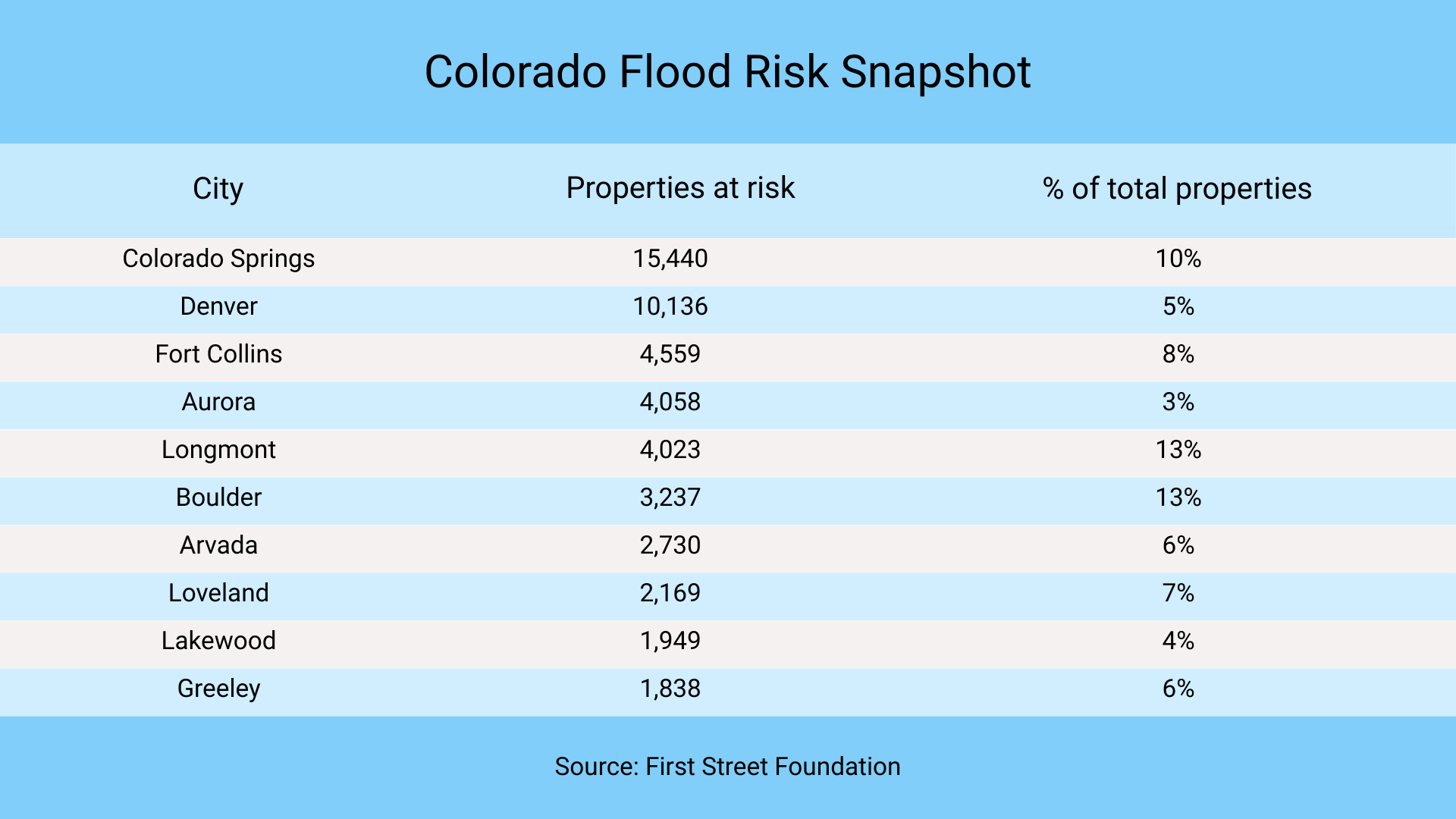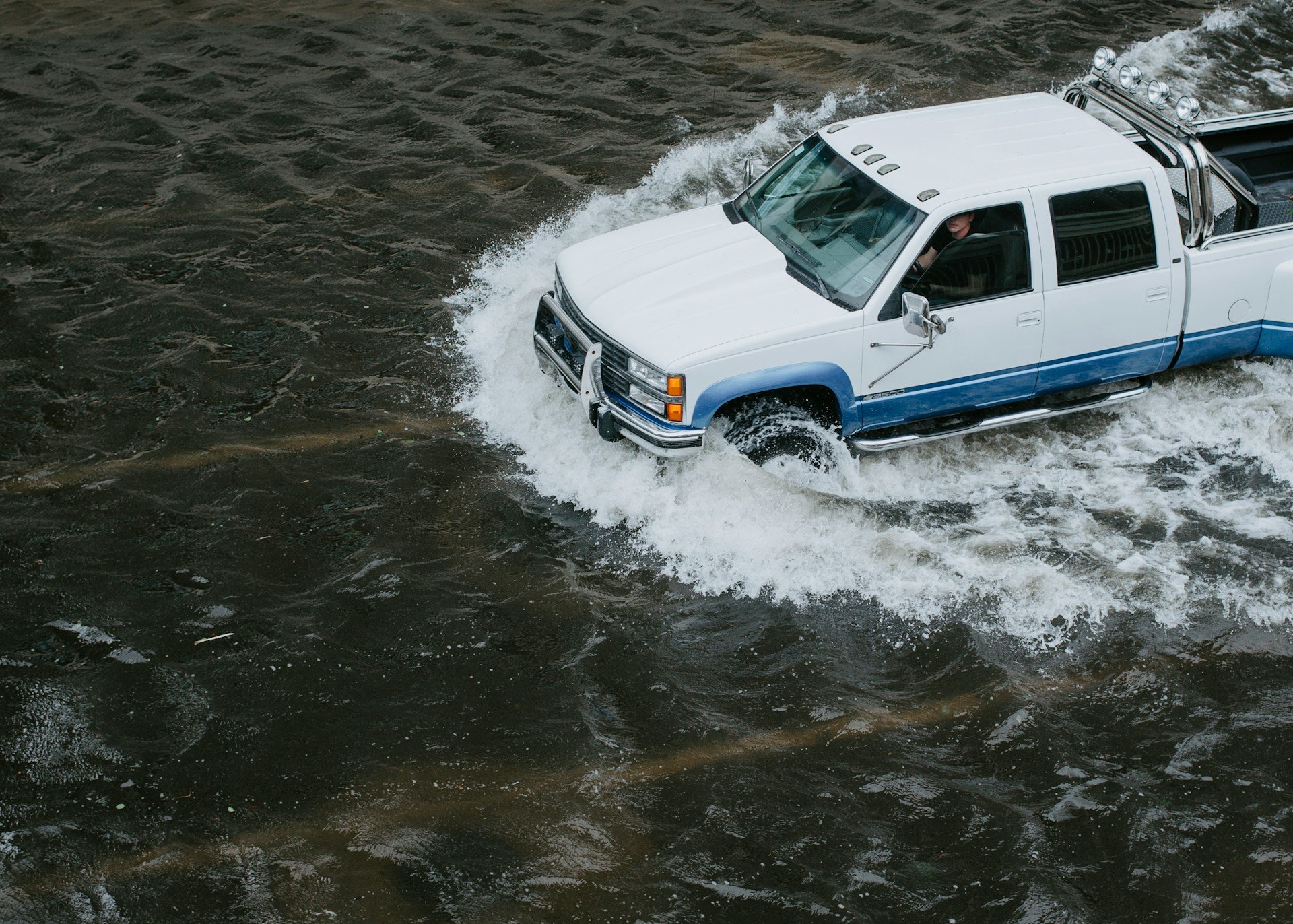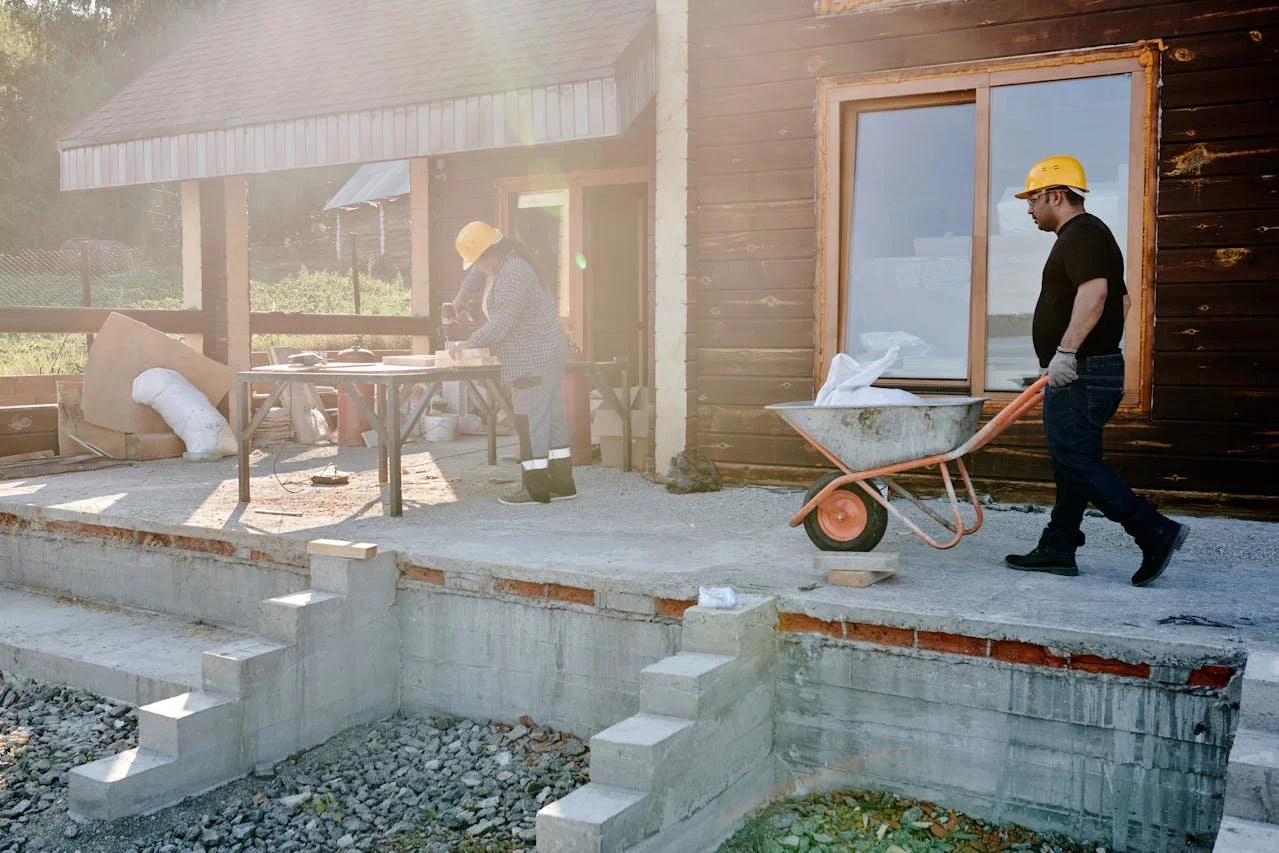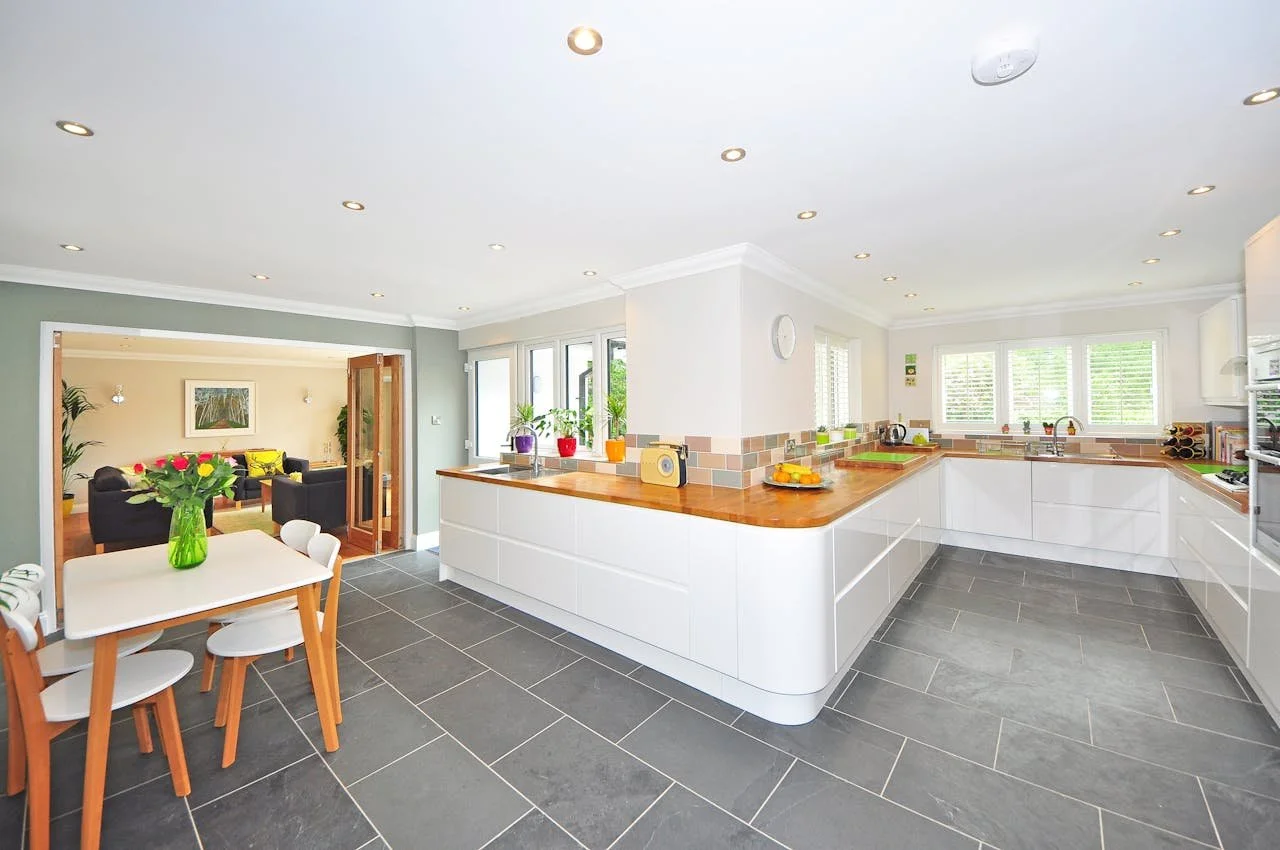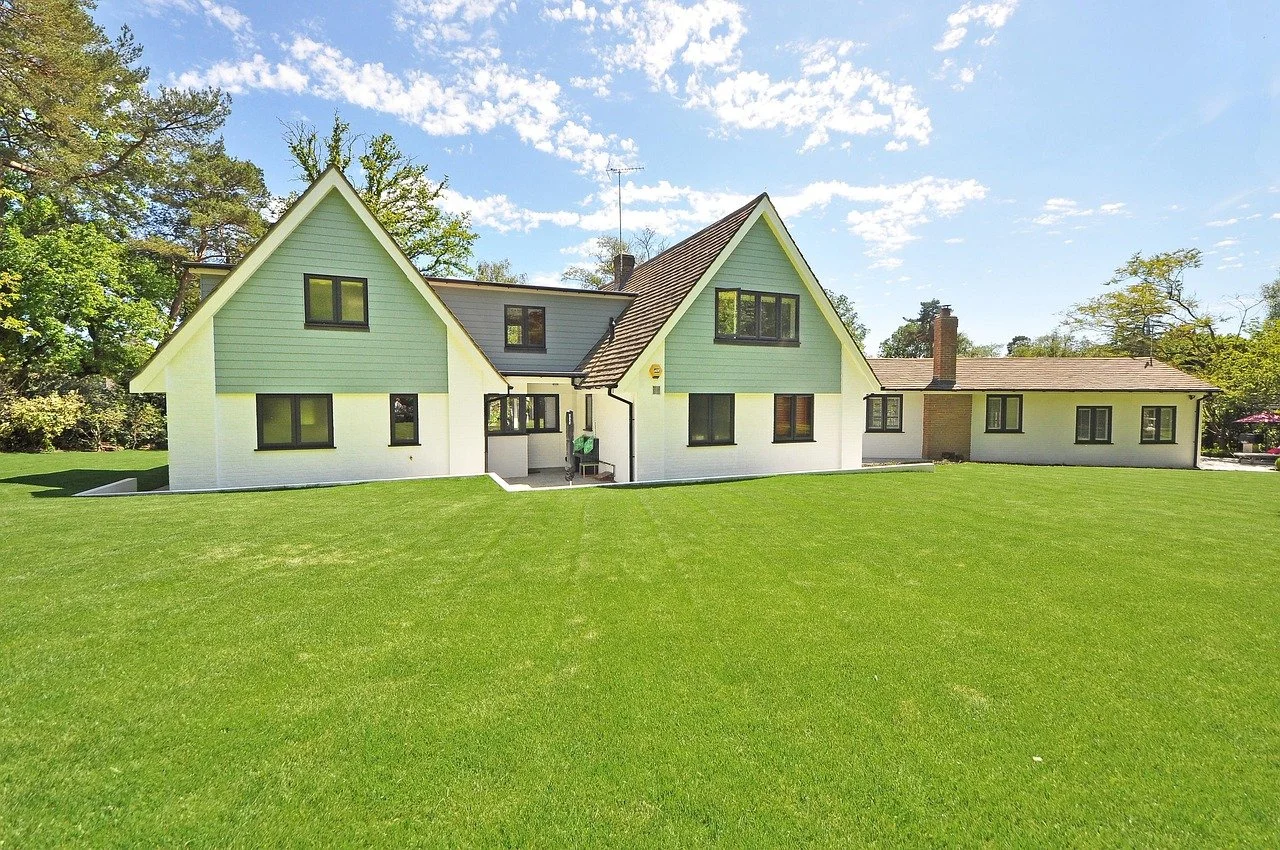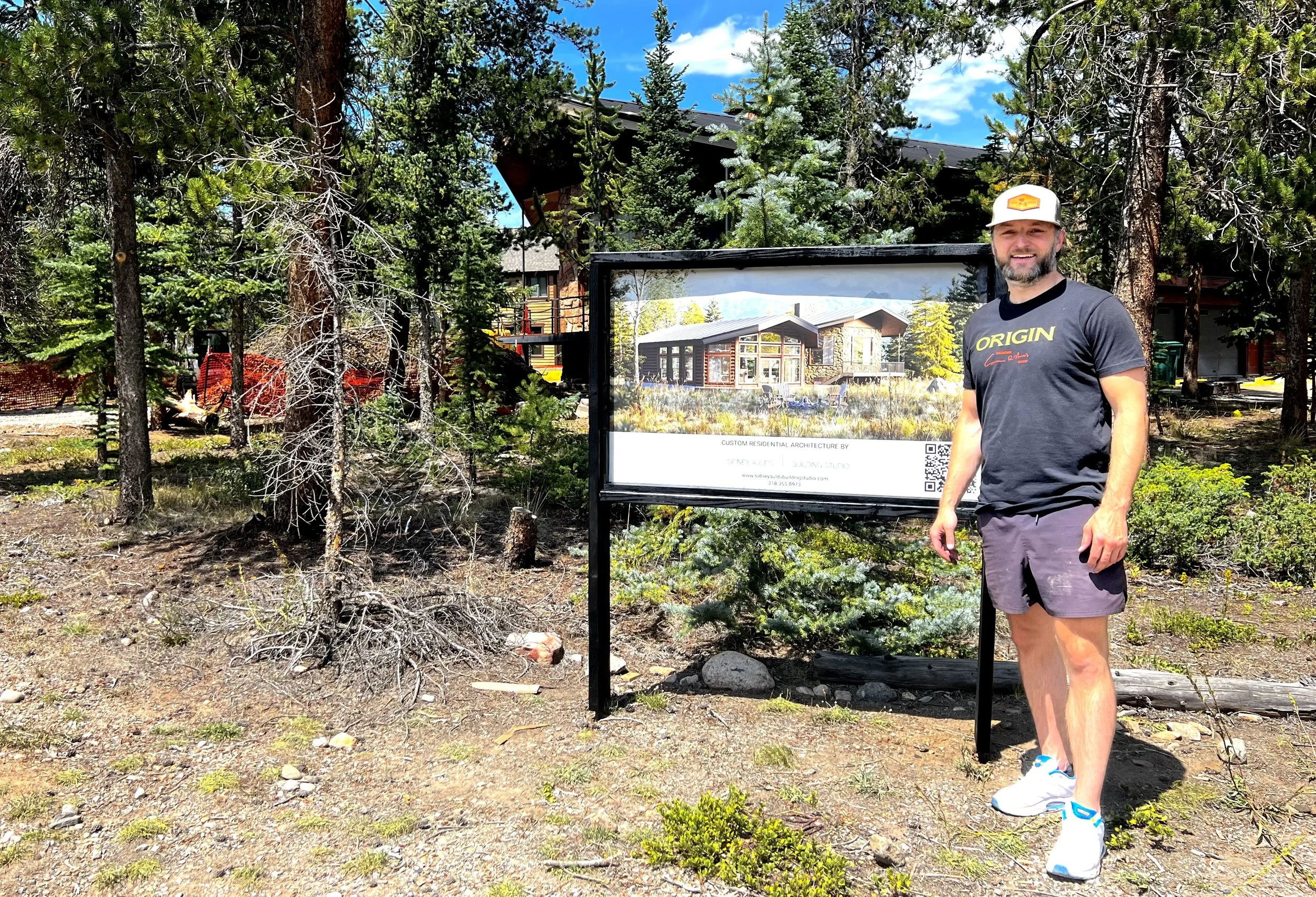Flood-Resistant Design and Construction in Colorado
Flooding is no longer a distant or rare threat in Colorado — it’s a very real and growing concern. Recent data from the First Street Foundation Flood Model reveals a sobering picture: over 200,400 properties in Colorado face some level of flood risk over the next 25 years. Even more alarming, 16,900 of these properties are classified as having an almost certain risk, with a 99% chance of flooding at least once in that time.
While large cities like Colorado Springs and Denver dominate in total numbers — with 15,440 properties at risk in Colorado Springs (10%) and 10,136 in Denver (5%) — smaller municipalities face disproportionately high threats. In Lamar, for instance, 46% of all properties are at risk, and Edgewater is expected to see a 23% increase in flood risk within three decades.
Other Colorado communities, including Longmont and Boulder, each have 13% of their properties at risk, while Fort Collins stands at 8%, Aurora at 3%, and Greeley at 6%. These figures highlight the urgent need for proactive design and construction strategies tailored to Colorado’s evolving flood challenges.
As climate patterns shift, extreme weather events, from sudden summer thunderstorms to rapid snowmelt, are intensifying. Adopting flood-resistant design isn’t just about protecting property; it’s about safeguarding livelihoods, communities, and lives. Let’s explore how to build smarter and stronger for a future where floods are not “if” but “when.”
Understanding Flood Risks in Colorado
Colorado’s diverse topography makes it uniquely vulnerable to multiple types of flooding:
Flash floods: These rapid-onset events, often triggered by intense rain over short periods, are especially common in foothill regions and mountain canyons. The 1976 Big Thompson Canyon flood, which killed 144 people and caused widespread devastation, is a stark reminder of this risk.
Riverine flooding: This type of flooding occurs when rivers and streams overflow their banks, usually after heavy rainfall or rapid snowmelt. Riverine floods can impact large swaths of land and affect entire neighborhoods.
Urban flooding: As cities expand and impervious surfaces like concrete and asphalt multiply, stormwater has fewer places to go. In Colorado’s urban centers, outdated drainage infrastructure can’t always keep up with intense downpours, leading to street and basement flooding.
Beyond the human toll, floods can undermine foundations, damage interiors, create mold hazards, and destroy electrical systems. With more than 200,000 properties already at risk, integrating flood resilience into both new construction and renovation projects is critical.
Fundamentals of Flood-Resistant Design
Flood-resistant design is about more than just avoiding water damage. Its core principles include:
Preventing or minimizing water entry: Keeping floodwaters out as much as possible.
Protecting structural integrity: Ensuring that even if water enters, the building remains safe and stable.
Facilitating rapid drying and repair: Choosing materials and layouts that allow spaces to dry quickly and be easily restored.
Cities like Fort Collins have become leaders in flood resilience by enforcing strict floodplain management, creating open spaces for natural water absorption, and prioritizing green infrastructure. These proactive measures have earned Fort Collins a top Community Rating System (CRS) score with FEMA, providing residents with up to 40% discounts on flood insurance premiums.
Choosing the Right Foundation
What type of foundation is best for flood-resistant buildings?
Your foundation is your building’s first line of defense. In flood-prone areas, the choice of foundation can make the difference between minimal cleanup and catastrophic loss.
Elevated foundations: Using piers, columns, or piles to raise the building above the base flood elevation is highly effective. This design allows water to pass underneath, preventing direct contact with living spaces and reducing hydrostatic pressure on walls.
Open foundations: Pier and beam systems allow floodwaters to flow under the structure rather than pushing against solid walls. This reduces damage risk and makes cleanup easier.
Slab-on-grade foundations: While less costly and commonly used in areas with minimal flood risk, they are generally discouraged in high-risk flood zones because water can easily enter and damage interior spaces.
In Colorado, homes near rivers or in floodplain areas should also incorporate flood vents (to equalize water pressure) and elevate critical mechanical systems like HVAC units, water heaters, and electrical panels above expected flood levels.
Flood-Resistant Building Materials
What is the best building material for flooding?
Choosing the right materials is key to minimizing water damage and mold growth. Top options include:
Concrete (reinforced and sealed): Known for its durability, concrete performs well in flood conditions when treated with waterproof admixtures or sealants. It can withstand prolonged water exposure without significant structural compromise.
Masonry (brick and block walls): Effective when properly sealed, but they require maintenance to ensure water doesn't penetrate cracks or mortar joints.
Pressure-treated wood: While not completely waterproof, it resists rot and decay better than untreated lumber, making it useful for certain structural elements and framing.
Metal components and composite panels: These materials are highly resistant to water and can be used for siding, roofing, and structural supports.
What is the most water-resistant building material?
Coated concrete, high-density composite panels, and corrosion-resistant metals (like aluminum and galvanized steel) are among the most water-resistant options available. They can endure repeated or prolonged water exposure without major degradation.
What material is fully waterproof?
In practice, no conventional building material is entirely “waterproof” under extended submersion. However, combinations of sealed concrete, advanced membrane systems, and specialized coatings can achieve nearly complete water exclusion in controlled applications.
Which cement is water-resistant?
Hydraulic cement: Sets and hardens quickly even when exposed to water, making it excellent for patching leaks and sealing joints.
Portland cement with waterproofing additives: These blends improve impermeability and are standard in flood-resistant concrete mixes.
When used correctly, these materials greatly enhance a building’s ability to withstand flood conditions with less damage and faster recovery.
Best Flooring for Flood-Prone Areas
What is the best flooring for flood-prone areas?
Flooring is one of the first elements damaged during a flood. Choosing materials that resist water absorption and mold is critical.
Ceramic or porcelain tile: Completely waterproof when installed with proper waterproof grout, easy to clean, and resistant to mold.
Sealed concrete floors: Extremely durable, resistant to mold, and can be finished in a variety of styles to resemble stone or tile.
Luxury vinyl tile (LVT): Designed to be water-resistant and often installed with tight seams that minimize water penetration. LVT can also mimic the look of wood or stone while offering better flood resilience.
Avoid: Carpet, traditional hardwood, and laminate flooring, as they absorb water, foster mold growth, and often require full replacement after flooding.
Exterior and Landscape Design
How to build to avoid flooding?
Your home's surroundings play a big role in flood resilience. Smart exterior design can divert water away from your foundation and reduce overall flood impact.
Site grading: Ensure that the landscape slopes away from your home to direct rainwater and floodwater outward rather than toward your foundation.
Permeable paving: Materials like porous concrete, permeable pavers, or gravel allow water to seep into the ground rather than running off into streets or basements.
Swales and rain gardens: Shallow, vegetated channels (swales) and depressions filled with water-loving plants (rain gardens) slow down and absorb runoff.
Retaining walls and berms: These structures act as barriers that can divert or hold back water from approaching the building.
Flood-Proofing the Building Envelope
How to design for floods?
Flood-proofing the building envelope involves both keeping water out and ensuring that if water does get in, it doesn’t cause irreparable damage.
Dry flood-proofing: Involves sealing the exterior of the building using waterproof membranes, coatings, and sealants. This method aims to make the building as watertight as possible.
Wet flood-proofing: Accepts that water will enter certain parts of the building but uses materials and layouts that allow these areas to flood without significant damage. Examples include unfinished basements with flood-compatible materials and open crawl spaces.
Elevating utilities and critical systems: Electrical panels, HVAC systems, and water heaters should be placed above the anticipated flood level to ensure they remain functional after an event.
Combining these approaches enhances both immediate protection and long-term durability.
Barriers and Additional Protection
What is the most effective flood barrier?
Permanent barriers: Flood walls and levees built into the site design offer long-term protection and require minimal setup once installed.
Deployable barriers: Removable or adjustable systems, such as metal or composite flood gates, can be put in place as storms approach. These are particularly effective for doorways, garages, and other vulnerable entry points.
Temporary solutions: Sandbags and inflatable barriers are cost-effective and flexible but require labor-intensive preparation and often do not provide as robust protection.
In Colorado, many homeowners combine permanent landscaping berms with deployable barriers for a layered defense strategy.
Steps for Homeowners and Developers
How to build against flooding?
Assess your risk: Consult FEMA maps and the First Street Foundation’s Flood Factor tool to understand your property’s specific flood profile.
Work with experts: Hire architects, engineers, and landscape designers who specialize in flood-resistant construction.
Choose an appropriate foundation: Prioritize elevation and open designs that minimize water pressure against walls.
Select flood-tolerant materials: From concrete and treated wood to metal and waterproof flooring, your material choices matter.
Design effective drainage: Integrate swales, rain gardens, and graded surfaces to channel water away from structures.
Install flood barriers: Combine permanent and deployable options for comprehensive protection.
Elevate critical systems: Keep utilities well above potential flood levels to ensure safety and reduce repair costs.
Meet or exceed local codes: Colorado’s building codes and local ordinances increasingly include flood resilience requirements. Complying not only ensures safety but may reduce insurance premiums.
Plan for quick recovery: Choose finishes and layouts that facilitate fast cleanup and restoration.
Stay informed and maintain: Regularly inspect barriers, seals, and drainage systems, and stay updated on new technologies and local flood risk updates.
Conclusion
Flooding in Colorado is not a distant possibility — it’s a clear and pressing reality for hundreds of thousands of homeowners and businesses. The numbers tell a stark story: 200,400 properties at risk today, with many communities facing double-digit exposure rates that will only rise with climate shifts.
By integrating flood-resistant foundations, smart material choices, landscape strategies, and robust protective measures, you protect not only your property but also your community and future generations.
Whether you’re building a new home in Fort Collins, renovating a historic house in Boulder, or developing in Colorado Springs, designing for flood resilience today means avoiding heartache, financial loss, and displacement tomorrow. Take the first step toward a safer, stronger Colorado — one foundation, one wall, and one smart design decision at a time.


